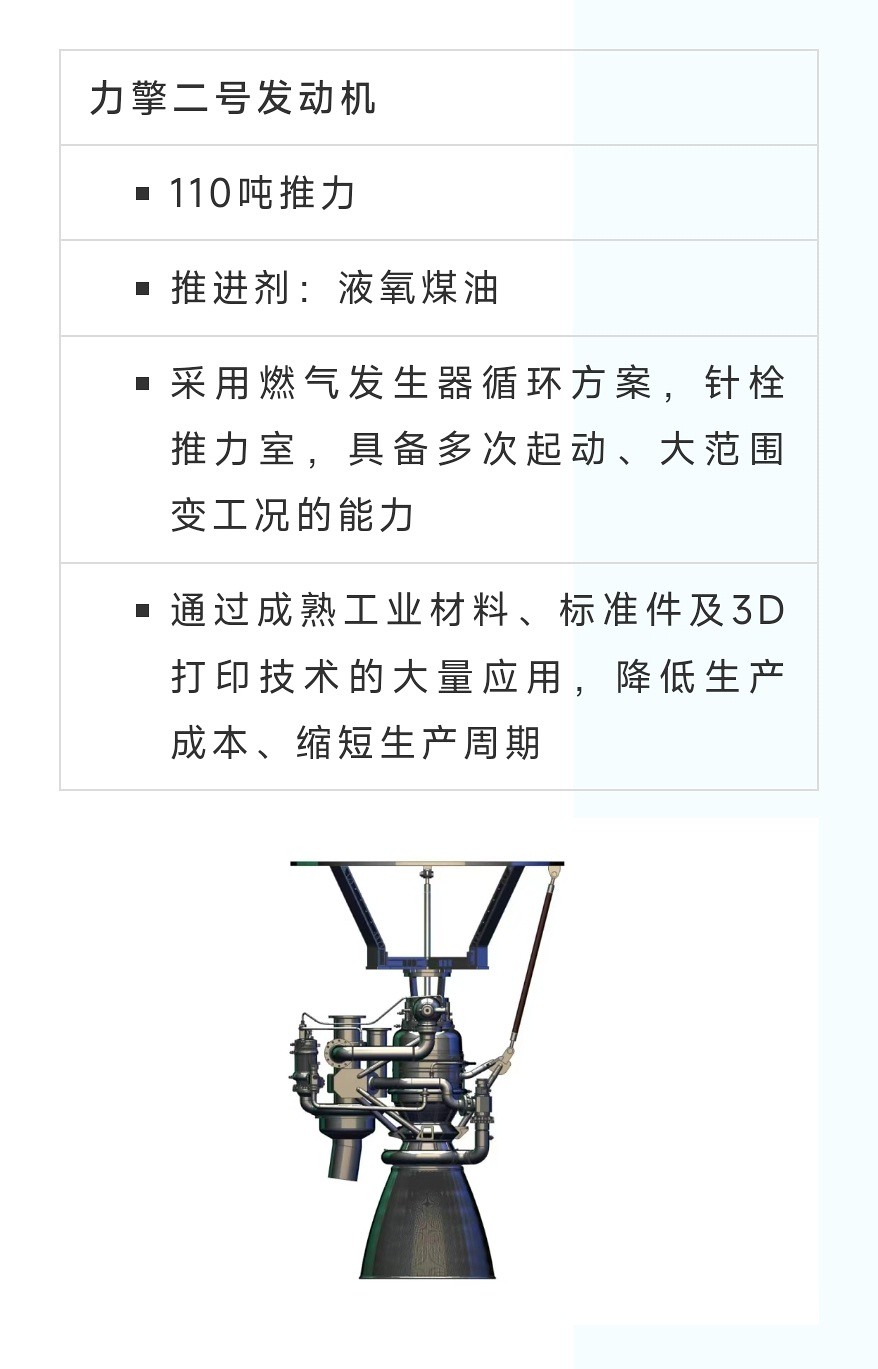by78
General
A lunar research station from the 8th Academy of CASC and Beihang University.
The layout is 2+1: two permanent capsules (laboratory and habitat) + one mobile laboratory. Auxiliary components/installations include a cargo/transport platform, a solar generator, and a nuclear generator (40kW). The station can support a crew of two (or more) for up to 55 days. Most of the time, the station is to operate in unmanned mode.
Construction of the station is to be carried out in six missions (three unmanned and three manned). The mobile laboratory (capable of supporting taikonauts for long durations) is to be sent to the moon first, where it will be used for survey and site selection/preparation.
The station is to be supplied twice a year and has a design life of ≥10 years.




The layout is 2+1: two permanent capsules (laboratory and habitat) + one mobile laboratory. Auxiliary components/installations include a cargo/transport platform, a solar generator, and a nuclear generator (40kW). The station can support a crew of two (or more) for up to 55 days. Most of the time, the station is to operate in unmanned mode.
Construction of the station is to be carried out in six missions (three unmanned and three manned). The mobile laboratory (capable of supporting taikonauts for long durations) is to be sent to the moon first, where it will be used for survey and site selection/preparation.
The station is to be supplied twice a year and has a design life of ≥10 years.




Last edited:


























